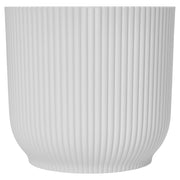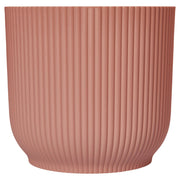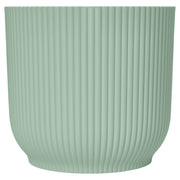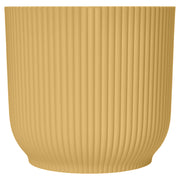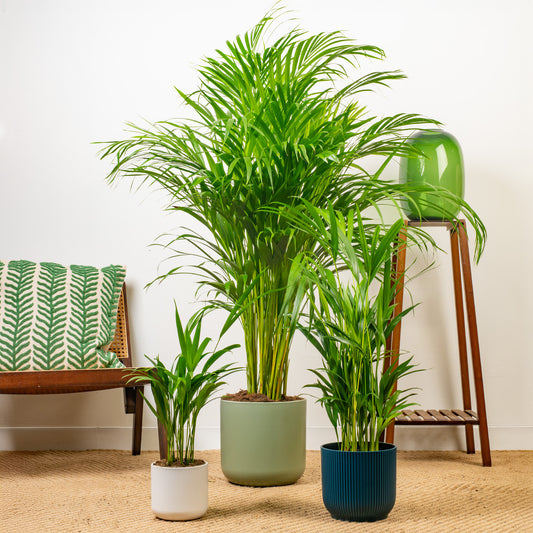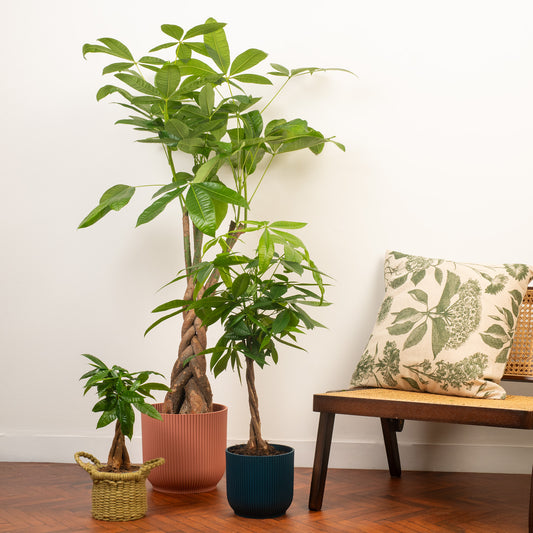Product description
Baby Opuntia Microdasys Yellow, also commonly known as the Bunny Ear Cactus, Angel’s Wings Cactus, and Polka Dot Cactus, is a small house plant with large green pads and small, hair-like yellow spines. The large pads are shaped like bunny ears or angel wings, from which the plant receives two of its common names, and the spines create a polka dot, hence its other common name.
The Bunny Ear Cactus is an incredibly low maintenance plant which will only need watering when the soil has dried out completely. It will grow well in a sunny spot by a window as long as it doesn’t get too drafty. Spines can be very sharp, so use caution when handling and wear protective gloves if necessary.
The miniature size of this baby plant makes it perfect for smaller homes and spaces. It would look fabulous in the living room, as bedroom plants or bathroom plants, but a baby plant is also great as a desk plant to brighten up an office, or to brighten up a small shelf.
It’s not unusual to give your plant a name… so don’t hesitate to choose one that you think suits the plant! Try naming your plant with the first name or word that you think of when you look at it - that’s how we ended up with an orchid named Clover and spider plant called Joseph.
House Plant Size Guide

House plants come in a wide array of shapes and sizes depending on the variety and maturity of the plant.
6cm/12cm/15cm/19cm/23cm nursery pots are the most common size of pot that they are sold in. This measurement is the diameter at the top of the pot.
12cm potted plants are the most popular providing great value for money and an instant impact. Larger plants that come in pots of 20cm+ are great for making a statement in any room and can represent years of growth to get to that level of maturity and size.
Plant specs, care guide & tips
Key features
Specifications
Instructions
Top Tip
Opuntia thrives in warm, dry conditions and benefits from occasional fertilisation with a cactus-specific fertiliser during its active growing months. Rotate the plant every few weeks to ensure even light exposure and prevent it from leaning. Take care when handling due to its spines, and use tongs or thick gloves when repotting or pruning. With minimal care, Opuntia will reward you with its iconic shape and vibrant presence.
How to Water
Water Opuntia infrequently, allowing the soil to dry out completely between waterings. During the growing season, water once every 2–3 weeks, reducing this frequency to once a month in winter when the plant enters dormancy. Avoid overwatering, as it can lead to root rot. Use rainwater or filtered water for best results, as tap water may introduce salts that can build up in the soil over time.
How to Plant
To plant Opuntia, choose a pot with excellent drainage and fill it with a specialised cactus mix or sandy, well-draining soil. Gently position the cactus, ensuring the base of the plant is slightly above the soil line to prevent moisture accumulation around the stem. Backfill carefully to avoid damaging the spines, and water sparingly to settle the soil. Place the pot in a bright location with full sunlight to mimic its natural desert environment.





